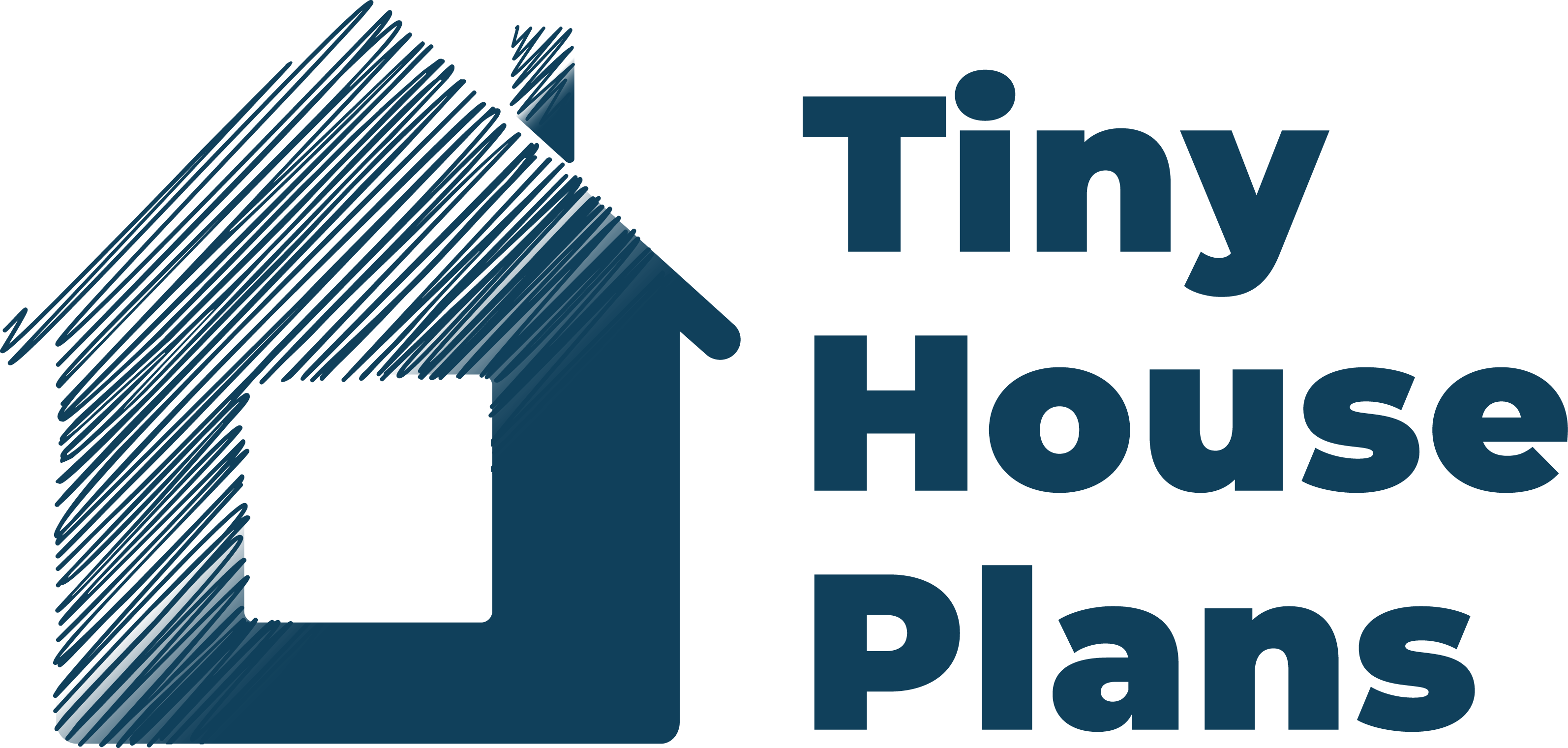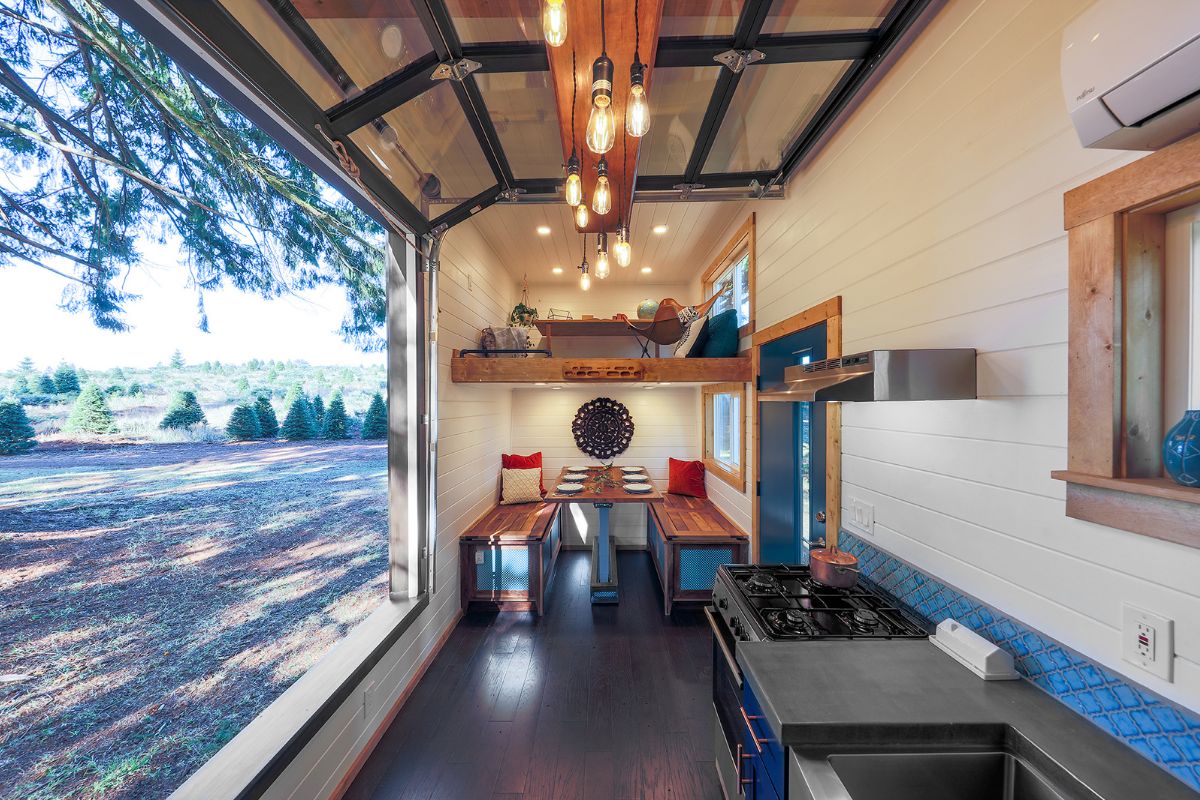Exploring the World of Tiny Home Living
Embarking on the journey of tiny home living offers a unique opportunity to embrace simplicity and efficiency. In this lifestyle, you explore a world where tiny house design ideas transform into functional spaces tailored to your needs. You'll find that tiny home blueprints and best tiny house kits can guide you in creating affordable tiny homes that are as stylish as they are compact. With a focus on tiny house interior designs, your home becomes a personalized haven despite limited square footage. The versatility of tiny home construction plans, including tiny house on wheels plans, opens up avenues for exploration and sustainability, making the dream of minimalist living a tangible reality. Understanding how to build a tiny house not only inspires creativity but also ensures every corner serves a purpose, enhancing your connection to this streamlined way of life.

The Rise of Tiny Homes
The tiny home movement has captured the imagination of many, driven by a quest for simplicity and sustainability. On one hand, enthusiasts view tiny house living as an innovative solution to high housing costs and environmental concerns, given its emphasis on efficient use of resources. Meanwhile, skeptics argue that the limited living space and zoning regulations pose significant challenges that cannot be easily overlooked.
For those intrigued by this lifestyle, tiny home construction plans provide a roadmap for transforming ordinary structures into efficient abodes. These plans often incorporate creative tiny house design ideas that maximize space without sacrificing comfort. Whether through tiny home blueprints or adjustable tiny house interior designs, the world's smaller footprints invite a reevaluation of what truly constitutes a home.
Tiny homes come in various forms, from the stationary models to tiny house on wheels plans, offering flexibility to an otherwise fixed way of life. This adaptability attracts those looking for affordable tiny homes as a practical and engaging way to downsize. Additionally, many find that the best tiny house kits simplify the construction process, allowing anyone to venture into this space with confidence.
As you explore how to build a tiny house, you discover a deeper appreciation for intentional living and the minimalist philosophy. The variety of tiny home designs available encourages a personalized touch, ensuring that every tiny home can be a true reflection of its owner.

Designing Your Tiny Dream Home
Designing your tiny dream home presents a unique blend of creativity and functionality. Your vision might start with your favorite tiny home blueprints, where every square inch, from the kitchen layout to the loft bedroom, is meticulously planned. The allure of affordable tiny homes lies in finding innovative solutions to maximize small spaces while maintaining your personal style and comfort.
Incorporating thoughtful tiny house interior designs is essential to making the most out of your tiny abode. From clever storage solutions to multifunctional furniture, every piece is crucial in creating a cohesive and efficient living space. What most people don’t see about tiny home design ideas is the intricate planning of utility and aesthetics, balancing convenience with your taste.
Embarking on your tiny home journey may lead you to explore various tiny home construction plans or the ease of using best tiny house kits. Both paths allow for a unique customization of your dwelling, making the dream of tiny house living practical and accessible. For some, choosing tiny house on wheels plans adds the element of mobility, enabling endless exploration without leaving home.
Understanding how to build a tiny house yourself offers a rewarding behind-the-scenes insight into the simplicity and ingenuity the tiny home movement champions. It becomes more than just assembling walls; it's about cultivating a flexible, sustainable lifestyle crafted with your individual needs and personality at the forefront of their design.

Tiny Home Building Materials
Choosing the right building materials is critical when embarking on your tiny house journey. Each component, from the foundation to the roof, should reflect your commitment to sustainability and efficiency. Selecting high-quality, eco-friendly materials can contribute to a more comfortable and durable home, supporting long-term tiny house living goals.
The decision-making process involves evaluating various aspects such as insulation, weight, and environmental impact. Consider utilizing reclaimed wood and recycled materials for their sustainability and unique character. To make the most of tiny home construction plans, try sourcing locally available materials to reduce costs and environmental footprint.
For those exploring tiny home designs, lightweight materials like metal roofing and advanced composite panels offer excellent solutions. These options ensure the structure's integrity while accommodating features specific to tiny house on wheels plans. The innovations in building materials make it easier for anyone interested in affordable tiny homes to achieve both aesthetics and functionality.
Understanding how to build a tiny house with these materials means you not only save on costs but also contribute positively to your living space’s quality. Tiny home blueprints, combined with mindful material choices, guide you towards constructing a sustainable abode that matches the unique tiny house interior designs you envision, creating a harmonious and efficient living environment.

Planning Your Tiny Home Layout
Creating an efficient layout is pivotal when planning your tiny home, as it maximizes every inch of space for comfort and functionality. The flow of the interior should reflect your lifestyle needs, incorporating essential elements like compact kitchens and cleverly concealed storage. Well-thought-out tiny home blueprints serve as a guiding tool for achieving a balance between convenience and style in affordable tiny homes.
Flexibility is a key aspect of a successful tiny home layout, allowing you to adapt furniture design and arrangement. Incorporating elements from tiny house design ideas like multi-purpose furniture can help create a versatile space. Looking ahead, tiny home layouts are expected to evolve, with more emphasis on personalization and smart home technologies that cater to diverse needs and preferences.
Exploring how to build a tiny house with an optimized layout enhances the tiny house living experience. Engage with tiny house interior designs that promote seamless integration of living zones and encourage minimalistic living. As the demand continues to grow, it's anticipated that future tiny home construction plans will increasingly reflect sustainable practices and innovative spatial solutions.
By considering tiny house on wheels plans, you gain unparalleled flexibility, turning your home layout into a travel companion. This approach champions mobility without sacrificing the comforts of a static home. The thoughtful planning that goes into these layouts ensures that your home is both adaptable and uniquely yours, equipped for whatever the future holds.

Cost Considerations for Tiny Homes
Understanding the cost implications of building a tiny home begins with evaluating your overall budget and expenses. Every decision, from selecting materials to structural design, influences the final cost. For many, the choice of affordable tiny homes reflects both financial feasibility and a minimalist lifestyle, where solutions like best tiny house kits offer an attractive starting point for minimizing expenses.
Making informed financial choices requires a shift in perspective. To truly understand cost considerations for tiny homes, you need to shift your mindset from traditional home buying to valuing quality over quantity and appreciating sustainable practices. This mindset encourages responsible spending, ensuring each investment enriches your tiny house living experience.
Evaluating potential expenditures involves comparing different tiny home construction plans and their associated costs. While some plans, such as tiny house on wheels plans, might demand different budget allocations due to mobility features, they also provide unique opportunities for cost savings in travel. Planning involves balancing initial costs with long-term maintenance for a financially sound investment.
Exploring how to build a tiny house does not solely depend on upfront costs, but also on the efficiency and durability of your design. Looking into various tiny house design ideas can help you economize by employing energy-efficient solutions and innovative construction techniques. Considering these factors ensures that your tiny home is both cost-effective and a reflection of your style and values.

Legal Aspects of Tiny Home Living
Navigating the legal landscape of tiny home living involves understanding zoning laws, building codes, and regulations that vary greatly by location. These factors can significantly impact where and how you establish your tiny home. Engaging with local authorities and researching tiny home blueprints that adhere to these regulations are essential steps in ensuring compliance and minimizing potential legal issues.
When examining legal aspects, it's crucial to consider parking and land use permissions, especially for tiny house on wheels plans. Looking at tiny home legality through the lens of mobility, we can see that these houses introduce flexible living but also require attention to ordinances that govern parking duration and utility hookups. Embracing innovation often means balancing these dynamic factors with regulatory frameworks.
The classification of your home—whether as a recreational vehicle, accessory dwelling unit, or permanent structure—determines the legal prerequisites you must address. Understanding these categories helps in tailoring your tiny home design ideas and making informed decisions. This perspective encourages an exploration of how to build a tiny house that aligns with legal requirements while embodying your vision.
As tiny home designs gain popularity, ongoing legal developments continue to shape the future of tiny house living. Developing a rapport with policymakers and staying informed can support efforts to create cost-effective and affordable tiny homes, fostering a community that thrives on adaptability and sustainability.





Share: